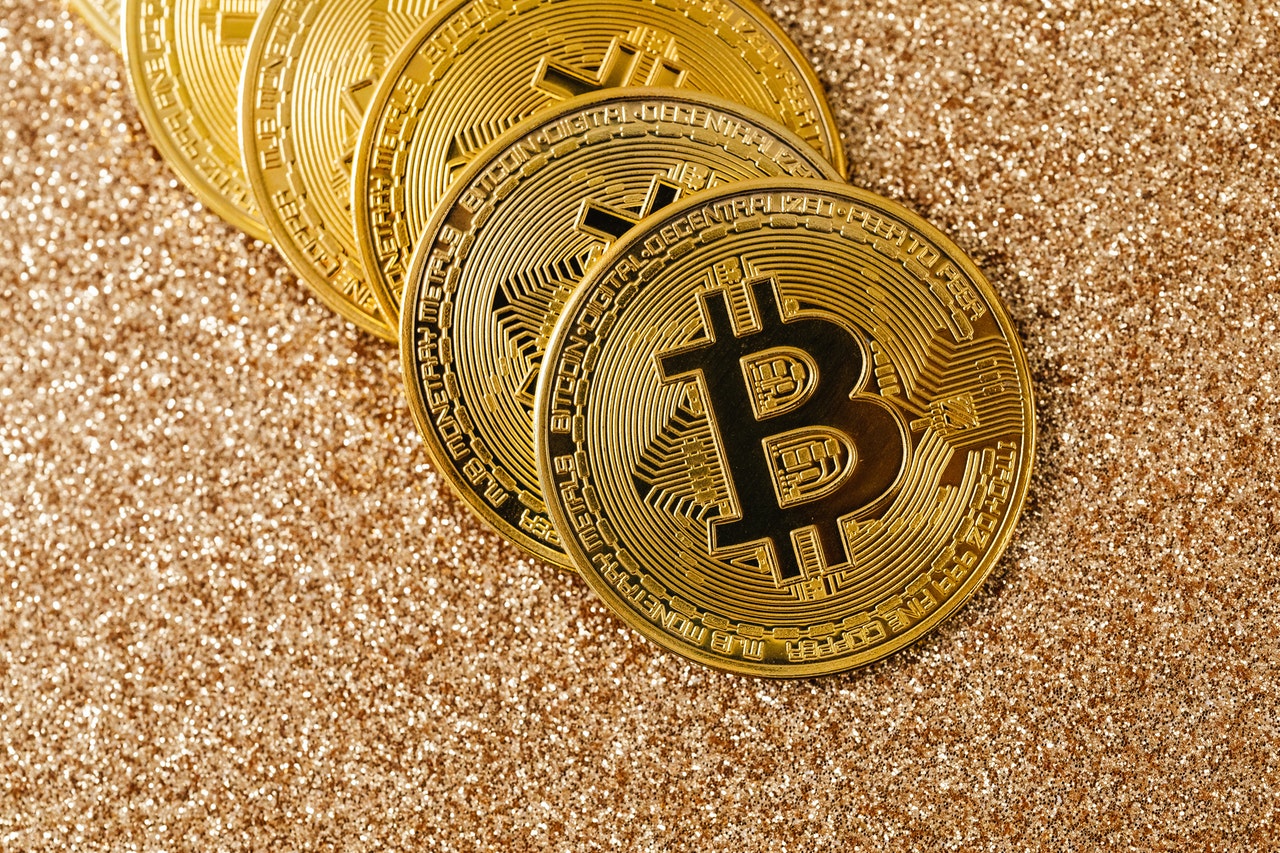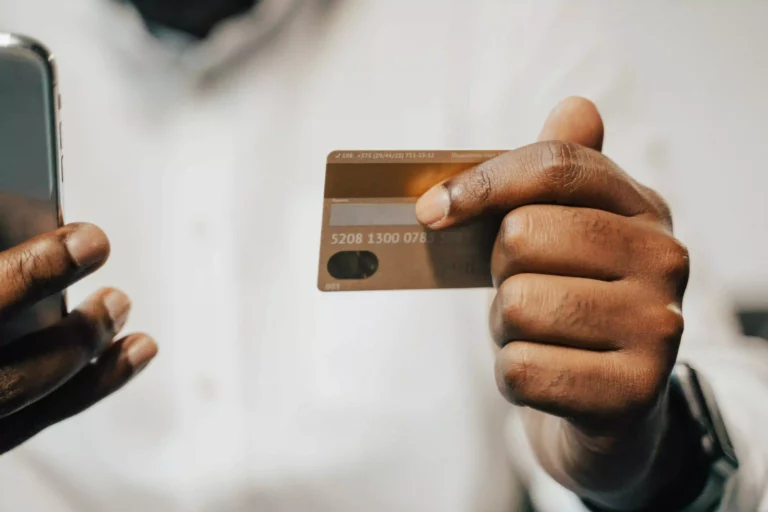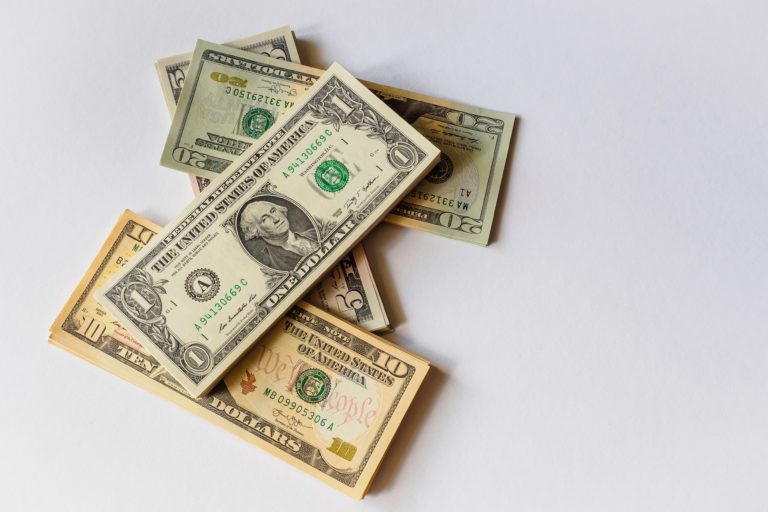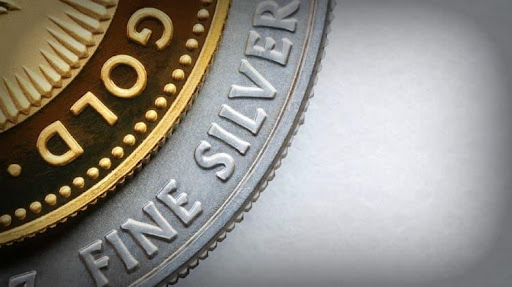Bitcoin Market Cycles Explained
At a glance, it may seem that the value of cryptocurrencies changes without any pattern or even reason behind it. However, those who study the investments with care and focus on the big picture, know that this isn’t really the case.
There’s a cycle in how the Bitcoin market works and if you notice the cycles you can make the most out of your investments. It’s also useful that a serious investor is aware of what causes the cycle and how it works in general.
What the Investors and Miners Should Be Aware of?
If you’re on the ground level of the process, it may not be necessary for you to go into details about the cycles involved. It’s enough to know what options you have when it comes to growing your portfolio. For instance, cloud mining has been a great way for people to expand their income streams.
It’s also useful to be on the lookout for predictions and trends that come from reliable sources and to invest based on those. Those would be aware of the cycles and take them into account when it comes to predicting the currency price.
The Four Phases
There are four phases within the crypto market. These could be identified in the bell curve diagram as the points when the graph changes its shape and its value. This is a pattern that can be found in other types of markets, but it’s very much applicable to the cryptocurrency market in particular.
By being able to identify and understand these phases of the cycle you could also predict how your investment will do and when it’s the right time to pull out of one or double down on what you’ve invested so far.
An Accumulation Phase
The accumulation phase is usually the start of a new project but in some cases, it can be the end phase of a previous one. This is known as the best time to buy. Sometimes this is known as buying the dip meaning that you make the purchase when the prices are low.
At this point, the market sentiments change as well (if there used to be a market before). It moves from negative to neutral meaning that those who want to give up on a particular purchase are doing so and you can start a new one with a clean start.
Run Up Phase
The run-up phase is also known as the bull market phase. That’s where the market starts to move to the stage when there’s more risk and it does that increasingly quickly. This is also the phase when “the early majority” starts to get interested in the project. This is a good time for a good hodl strategy.
The market sentiment at this stage becomes a bit different as well. The overall outlook about the project changes to optimistic. New investors usually come on board during this phase since that’s where fear of missing out kicks in. After a while, the prices start to level off and that’s the end of the second stage.
Distribution Phase
In the third phase, the prices come to their limit and the sellers start to dominate the cycle. The market sentiment changes once again and most of those involved in the project have mixed feelings about it at this point. That means that some if not most will sell during this phase.
The last part of this phase is the reversal. That’s where the market changes its direction and the bell curve starts to go down. There are numerous indicators showing you that the market is about to dip and you should be on the lookout for them.
Run Down Phase
The last phase is known as the run-down phase and it’s sometimes called the bear market phase as well. This is the most difficult part for the investors since that’s when their investment is losing its value.
The investors who aren’t aware of this cycle can find this phase to be difficult physiologically as well since they may end up giving up on the investment and selling when the prices are low in order not to lose too much. Those who think in terms of cycles usually don’t make that mistake.
How Long Does The Cycle Last?
The best way to answer this question is to observe a lot of cycles and to look for patterns and rules. However, cryptocurrencies haven’t been around for long enough for this to work. The full cycle that was at this point observed once, took about 4 years.
However, when it comes to new and smaller cryptocurrencies the whole cycle could come and go, within a few days as the currencies get noticed in the niche market and as it fades away from it. This means that sometimes it can be extremely challenging to even notice a cycle.
Cycles Within Cycles
We’ve covered the whole lifespan of an investment cycle here, but it’s important to note that there are details within that. Sometimes a phase of a certain currency is a part of a different phase when you look at the cryptocurrency market as a whole.
This is especially true when it comes to having a run-up phase for one currency because another one is going down or it has reached its peak. If you follow the market as a whole, you’ll start noticing these patterns.
When to Buy and Sell?
Even though investing in cryptocurrency is complicated and challenging, the rules as to when to buy and sell are similar to those for any other investment. Being aware of the cycle can also help a great deal with making this call. The best time to buy is during the accumulation phase. The same effect can be accomplished during the run-down phase of the previous project.
On the other hand, the end of the run-up phase is the best time to sell, since that’s when your asset is worth the most and there’s the most demand for it on the market. Knowing when is the tipping point, however, is the challenging part.








